In today’s digital age, technology has become an integral part of our lives. From smartphones and laptops to tablets and e-readers, these devices offer numerous conveniences. However, prolonged use of technology can also lead to various health issues, and one of the most common problems is shoulder pain caused by a condition known as ‘Tech Neck.’ In Tech Neck and Shoulder Pain, we will explore the impact of technology on shoulder pain and share some essential tips to avoid or alleviate this discomfort.
Understanding ‘Tech Neck’
‘Tech Neck’ is a term used to describe the forward head posture that many people adopt when using electronic devices. As we spend extended periods peering down at our smartphones, tablets, or laptops, the weight of the head puts excessive strain on the neck and shoulder muscles. This constant bending forward of the neck leads to poor alignment of the spine and can result in chronic shoulder pain, neck pain, and even headaches.
The Link Between Technology and Shoulder Pain
Using technology often involves prolonged periods of looking down or slouching, which can place significant stress on the cervical spine and shoulder area. Poor posture, repetitive movements (typing or swiping), and static positioning contribute to muscle strain and discomfort over time.
Tips for Avoiding ‘Tech Neck’ and Shoulder Pain
Maintain Good Posture
Be mindful of your posture when using electronic devices. Keep your head aligned with your spine and your shoulders relaxed. Hold devices at eye level to reduce strain on your neck and shoulders.
Take Frequent Breaks
Avoid prolonged periods of device use. Take short breaks every 30 minutes or so to stretch and change positions. This will help reduce muscle tension and prevent stiffness.
Practice Shoulder Exercises
Incorporate shoulder-strengthening exercises into your daily routine. Simple exercises like shoulder rolls, shoulder blade squeezes, and neck stretches can improve posture and alleviate discomfort.
Create an Ergonomic Workspace
If you use a laptop or computer regularly, invest in an ergonomic chair and adjustable desk setup. Position the screen at eye level to maintain proper posture.
Use Voice Commands
Whenever possible, use voice commands or dictation on your devices to minimize the need for constant typing or swiping.
Results Physical Therapy’s FREE Online Shoulder Pain Workshop
Thank you for reading Tech Neck and Shoulder Pain. If you are experiencing shoulder pain, Results Physical Therapy is hosting a FREE Online Shoulder Pain Workshop on August 8th from 5:30pm – 6:30pm. This workshop will provide information on the causes of shoulder pain and offer practical tips on how to identify the source of your symptoms. The workshop will be led by a master physical therapist with 40 years of experience and is open to anyone who is interested in learning more about shoulder pain and improving their quality of life.
To register, visit https://workshops.resultsrehab.com/signup




